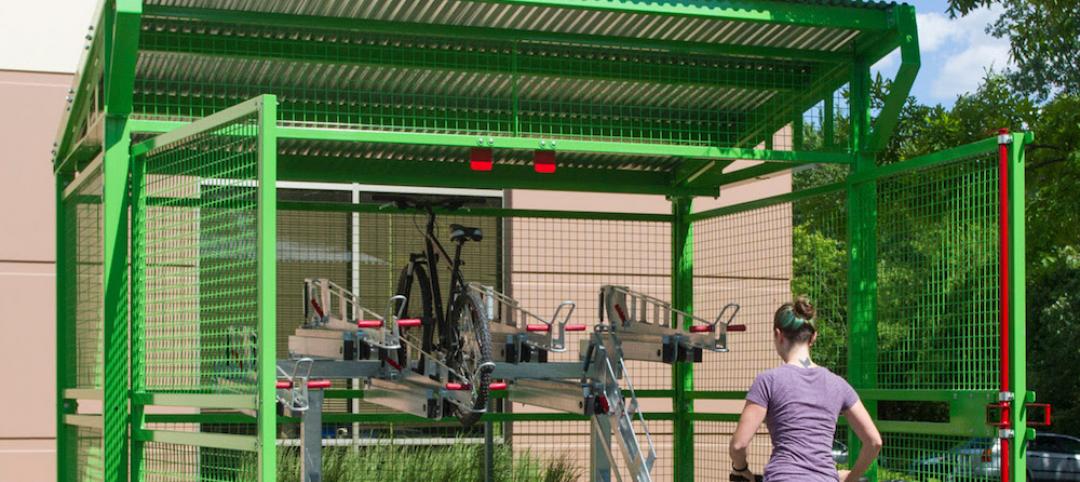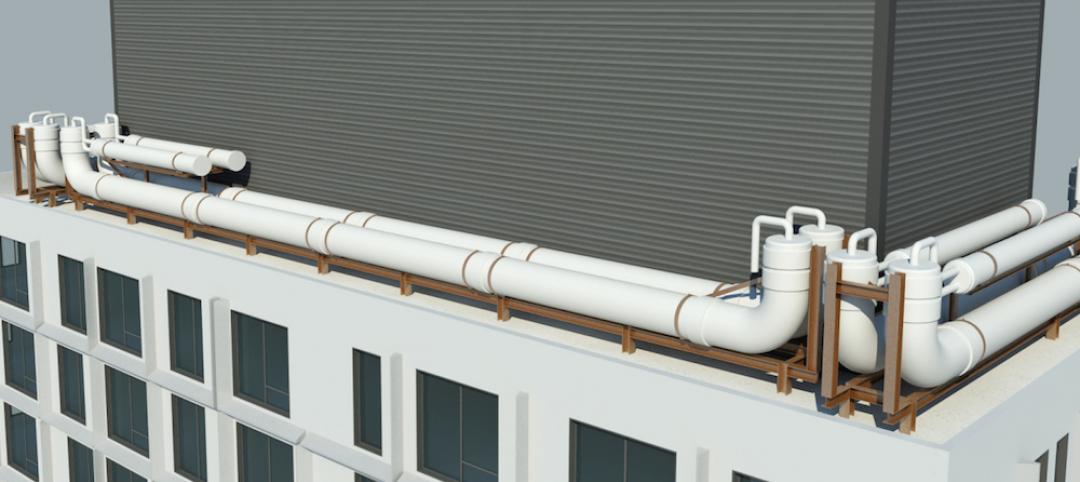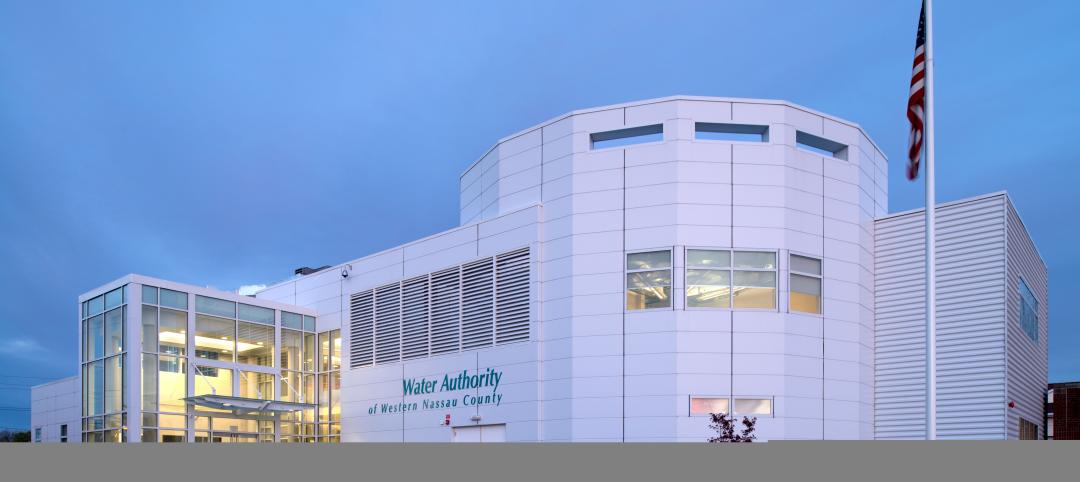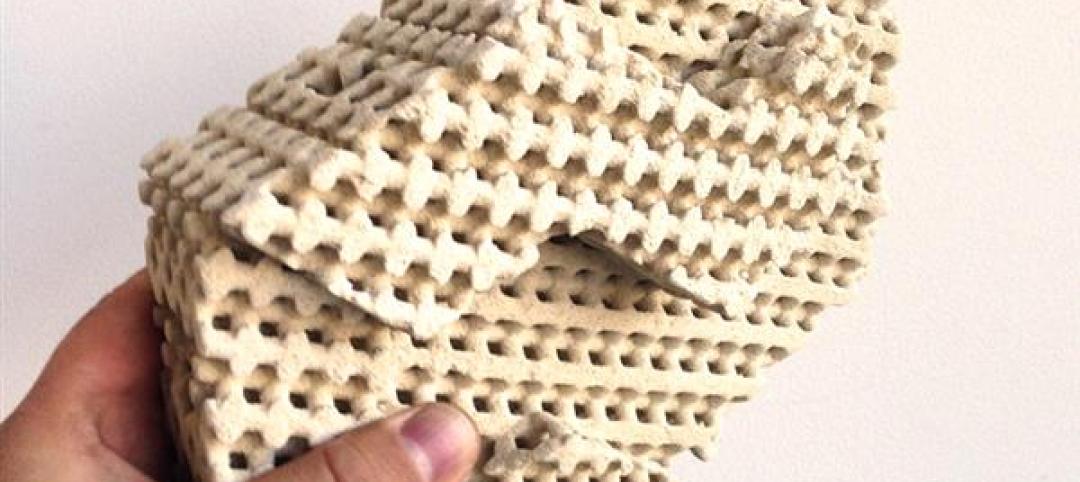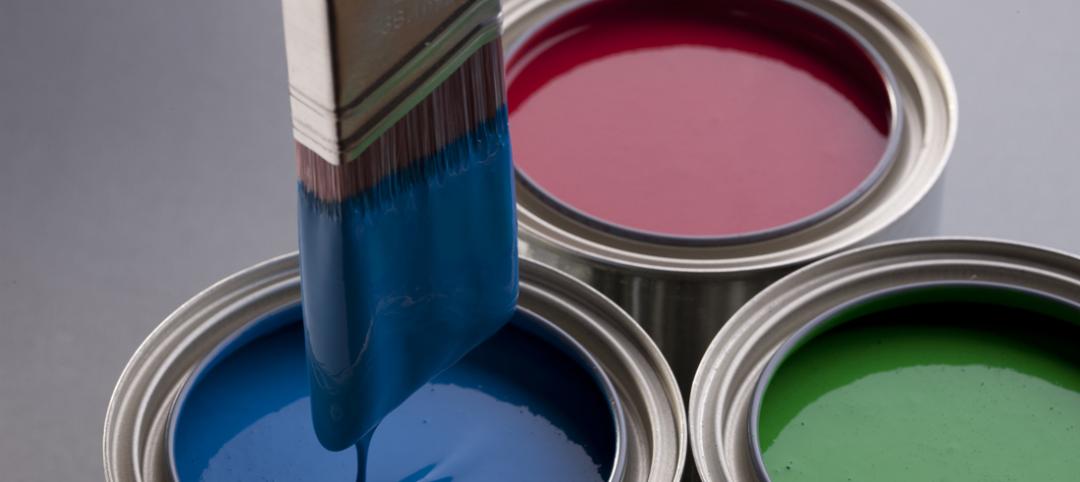The AEC industry is heading into 2010 in better shape than was the case a year ago, according to the 2010 AEC Industry Outlook: Strategy and Insight for Design & Construction Firms, a new forecast released by ZweigWhite this month.
A significant turnaround for the commercial market isn't anticipated until 2011, but a modest pickup is expected in late 2010. Some sectors are faring better than others—and will continue to do so. Markets to watch for 2010: healthcare, education, and mixed-use.
Following is an overview of the major commercial AEC markets, based on the ZweigWhite report.
Three sectors showing growth
Healthcare. This sector's growth over the past few years is expected to continue for 2010 and beyond. Although some slowing is expected, healthcare is still considered the hottest market for AEC firms. Behind the market's growth: rising numbers of outpatient procedures, aging population, declining hospital infrastructure, consolidation of healthcare systems, BIM and other technologies, sustainable design, and security and disaster preparedness.
The value of healthcare construction to be put in place for 2010 will reach $48.5 billion, an increase of 1.2% from 2009 levels.
Education. Education is one of the largest sectors for AEC firms, and it's growing, making K-12 and higher education markets two of the industry's best prospects. The markets aren't expected to slow significantly, but they took big hits in 2008 and 2009 and are not immune to the downturn.
For 2010, the education sector outlook is mixed, with high school construction looking strong and college and university construction to continue apace to meet projected enrollment increases through 2017. Project work is also expected to be mixed—some new construction and some expansions and renovations to existing facilities.
Overall, the value of all school construction to be put in place for 2010 will top $99.5 billion.
Mixed-use. Another bright spot in the industry. Mixed-use projects are gaining in popularity because the building type ties into New Urbanist principals, creates more livable communities, and is being used as a catalyst for city redevelopment.
Construction spending on mixed-use projects is not tracked, so predictions for 2010 are unavailable. Mixed-use projects, however, aren't immune to a slow economy because many incorporate components from markets that are down, such as lodging and retail.
The rest of the story
Lodging. One of the hardest-hit commercial sectors, lodging is expected to continue its sluggish pace in 2010. The decline, however, is viewed as cyclical, and a recovery is anticipated for 2011.
The value of lodging construction to be put in place for 2010 will reach $20.1 billion, a decrease of 12.8% from 2009 levels.
Manufacturing. Construction of manufacturing and industrial facilities also slowed significantly because of the recession, and 2010 is expected to be another down year. Rents are expected to decline through 2010. Market recovery isn't expected until 2011, and then is expected to be slow.
The value of manufacturing construction to be put in place for 2010 will reach $59.6 billion, a decrease of 19% from 2009 levels.
Multifamily. This sector was hit hard by the recession, and a slow 2010 is expected, with some growth anticipated in 2011. Multifamily starts are notoriously volatile, but they are expected to reach 126,000 for 2010, down from 130,000 in 2009. Looking ahead to 2011, multifamily starts are expected to average 150,000.
Office buildings. With so many layoffs, the nation's reduced workforce is the biggest drag on the office sector. An improving economy signals a turnaround—although the rebound will happen slowly and cautiously. Vacancy rates are expected to remain high during 2010 and then start to decrease in 2011.
The value of office construction to be put in place for 2010 will reach $46.6 billion, a decrease of 13.5% from 2009 levels.
The ZweigWhite 2010 AEC Industry Outlook (214-page PDF, $295; free Executive Summary) may be ordered at: http://www.zweigwhite.com/p-858-2010-aec-industry-outlook-strategy-and-insight-for-design-construction-firms.php?mtn=F3658E
Related Stories
Products and Materials | Nov 7, 2016
Trio of 3D printed faucets selected as R&D 100 Award finalist
The DXV collection marks the first-ever working faucets printed in metal.
Transportation & Parking Facilities | Jun 16, 2016
Dero’s modular Bike Depot offers efficient storage
The units accommodate short-term and long-term storage at transit stations, university campuses, and residential buildings.
Products and Materials | May 26, 2016
Designer creates chairs and tables that fold into wall art
Jongha Choi unveiled his From 2D to 3D furniture collection.
AEC Tech | May 10, 2016
Thornton Tomasetti launches new tech company
TTWiiN initially features six products and will add more via its own incubator.
Products and Materials | Dec 1, 2015
Valspar launches new website for architectural coatings
Same domain, colorful new look
Multifamily Housing | Mar 27, 2015
Bathroom fixtures get a starchitect makeover by Bjarke Ingels
This Danish starchitect elevates the toilet paper holder (and other bathroom accessories).
Sponsored | Walls and Partitions | Mar 25, 2015
Metl-Span systems meet design needs in cost effective manner
The goal from the beginning was to construct an energy efficient building with insulated metal panels.
BIM and Information Technology | Feb 10, 2015
Google's 3D scanning camera leaves the lab
Google is said to be partnering with LG to create a version of the technology for public release sometime this year.
Brick and Masonry | Feb 5, 2015
3D-printed 'cool brick' may provide cooling solution for arid locations
Cool Brick is made of porous ceramic bricks set in mortar. The bricks absorb water, which cools the air as it passes through the unit.
Sponsored | Products and Materials | Feb 2, 2015
What should you consider when reviewing paint warranties?
Warranties can appear to be the same, but as a starting point, you should find out what paint technology your warranty is based on—polyester, silicon-modified polyester or PVDF. Once you’ve established an “apples to apples” comparison with the technologies, you must consider the color palette and its impact on warranty longevity. Review this with your builder, manufacturer or paint company representative.



